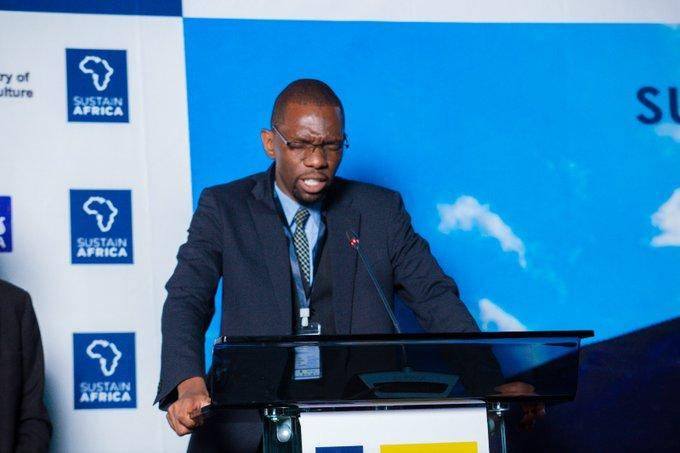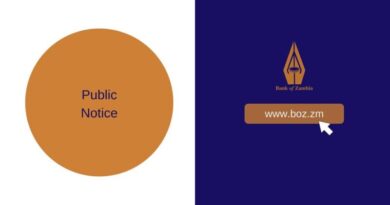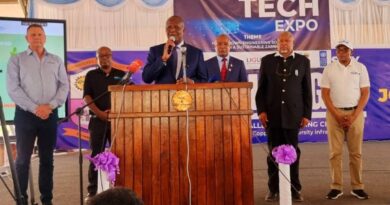Monetary Policy at a Crossroads
The Bank of Zambia’s Monetary Policy Committee has been meeting this week to gauge the next trajectory of policy rate, with the benchmark rate still sitting at 14.5% and with the headline inflation easing to 13.0% in July from 14.1% record seen in June.
This marks the clearest sign yet that the inflation tide is turning, strongly driven largely by the seasonal food supply gains and a more stable kwacha.
Yet beneath the headline, core inflation remains sticky, fuel and power adjustments are still in the pipeline, and global financing conditions remain tight.
This means that the BoZ is still walking a fine line, thinking of cutting will be too early considering the current momentum and it risks undoing hard-won currency stability; hold too long, and it may further choke already sluggish credit growth to the productive sectors.
The IMF’s recent endorsement of Zambia’s appropriately tight stance suggests a base case of holding rates at 14.5%, consolidating disinflation before pivoting.
Still, a measured 50 basis point cut could be justified if policymakers want to send a confidence signal to the real economy while leveraging improved reserves and stronger copper earnings as a buffer.
Getting into this, whichever path is taken, the decision will be less about the August rate itself and more about forward guidance.
My appeal is that the BoZ needs to clearly communicate a conditional bias toward gradual easing tied to macroeconomic convergence.
I think the current policy framework is still bearing good effects and it will be absolutely important to maintain given the circumstances sitting slightly ahead of us.
However, the sustained inflation moderation and fiscal discipline, can maintain credibility, anchor expectations and prepare the market for a smoother policy glide path right into 2026 so that we can ultimately have soft landing effects.



